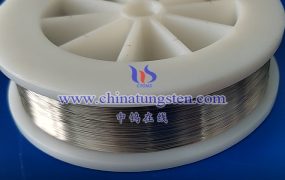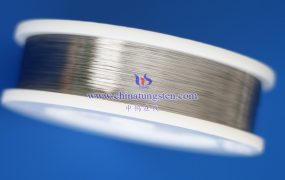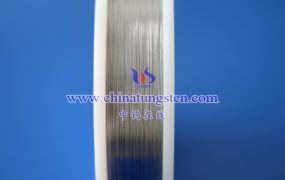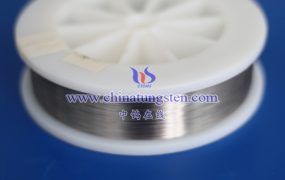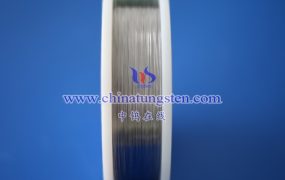The creep behavior of tungsten wire at high temperature is an important physical phenomenon, and its creep performance has an important influence on the application of tungsten wire in high temperature environment. The following is a detailed analysis of the creep behavior of tungsten wire at high temperature:
- Creep definition and mechanism
Creep refers to the plastic flow of materials under constant stress. At high temperature, creep may occur under all stress conditions. The creep of tungsten wire at high temperature is mainly affected by its internal microstructure, including grain boundary sliding, lattice distortion, and dislocation movement.
- Characteristics of creep behavior
Temperature dependence: The creep rate of tungsten wire increases with the increase of temperature. At high temperature, the atomic activity of tungsten wire is enhanced, and grain boundary sliding and dislocation movement become easier, which leads to an increase in creep rate.
Stress dependence: At a certain temperature, the creep rate increases with the increase of stress. The greater the stress, the more serious the deformation of the microstructure inside the tungsten wire, and the faster the creep rate.
Time dependence: Creep is a continuous process that takes a certain amount of time to manifest. Under the long-term action of high temperature and constant load, tungsten wire will undergo continuous and slow plastic deformation.
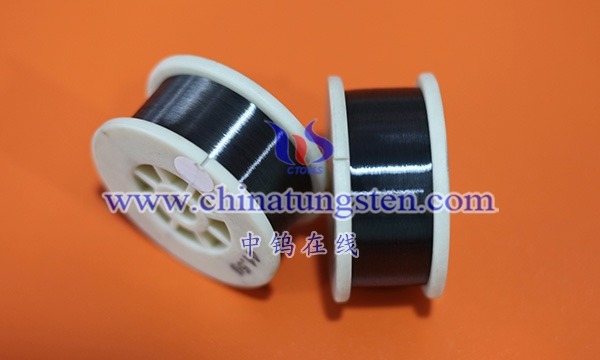
- Effect of creep on tungsten wire performance
Strength reduction: Creep will cause the tensile strength of tungsten wire to decrease, thereby affecting its service life. Tungsten wire that works for a long time at high temperature will gradually decrease in strength due to the effect of creep until it cannot meet the use requirements.
Shape change: Creep will also cause the shape of tungsten wire to change, such as bending and sagging. This shape change may affect the normal operation of tungsten wire in electronic equipment. For example, creep of tungsten wire in a light bulb may cause the filaments to contact each other, resulting in failure of the light bulb.
Increased brittleness: During high-temperature creep, the internal microstructure of the tungsten wire may change, such as grain growth and grain boundary weakening. These changes will increase the brittleness of the tungsten wire and reduce its ability to resist impact and vibration.
- Methods to improve the creep performance of tungsten wire
Alloying: The creep resistance of tungsten wire can be improved by adding other elements to tungsten to form an alloy. These alloying elements can improve the creep resistance of tungsten wire by solid solution strengthening, dispersion strengthening, etc.
Optimizing microstructure: By changing the preparation process and heat treatment conditions of tungsten wire, its microstructure can be optimized, such as refining grains and reducing grain boundary defects, thereby improving its creep resistance.
Surface coating: Coating a layer of coating material with excellent creep resistance on the surface of tungsten wire, such as aluminum oxide, yttrium oxide, etc., can also improve the creep resistance of tungsten wire.
More details of tungsten wires, please visit website: http://tungsten.com.cn/tungsten-wires.html
Please contact CHINATUNGSTEN for inquiry and order of tungsten needles:
Email: sales@chinatungsten.com
Tel.: +86 592 5129595

